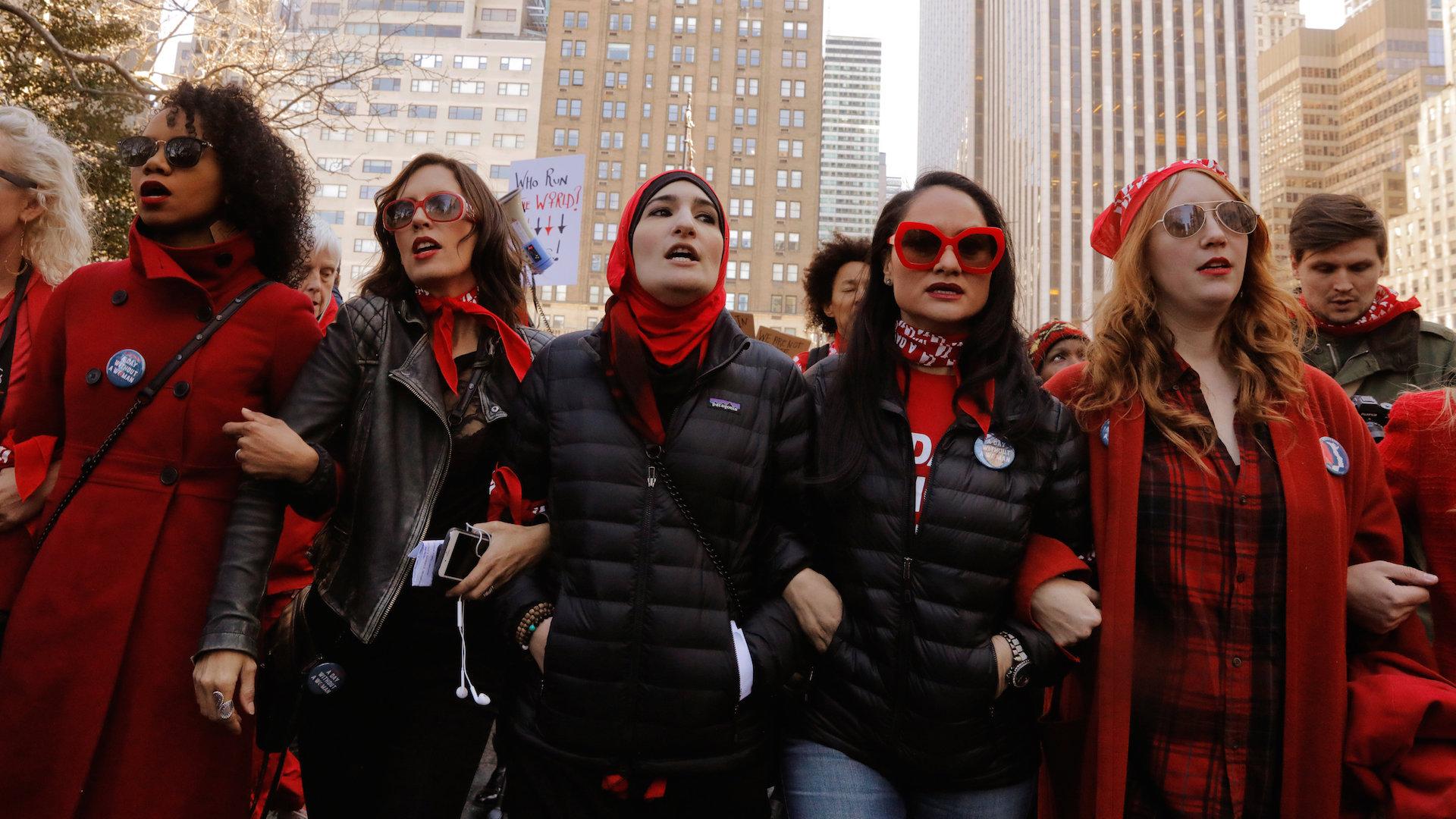“Day Without a Woman” Numbers Fall Below Women’s March Expectations

BY: IRISH HAINES
“Day Without a Woman” was set for March 8, on International Women’s Day. This was a follow-up protest to this past January’s Women’s March.
The “Day Without a Woman” event was supposed to showcase how much women contribute to all aspects of society.
However, the strike did not have the same widespread turnout as the Women’s March.
Individuals worldwide came out in solidarity to participate in the Women’s March. This movement’s purpose was largely to present itself as a voice for the opposition and issues regarding women brought up by Present Donald Trump and his administration. Estimating at approximately five million participants worldwide, it is considered by various outlets to be the largest political demonstration since the anti-Vietnam War protests.
The idea for Wednesday’s strike was based off of the “Day Without Immigrants” strike last month.
Ways to participate in the strike included not engaging in paid and unpaid work, avoiding spending money, or simply wearing red in solidarity. The message and the announcement of this follow-up protest did not reach many people.
Many Temple students were not aware of the event.
Margaret Huang, the Executive Director of Amnesty International USA, confirmed in a public statement about the organization’s endorsement of the nationwide strike.
“We stand in solidarity with those striking March 8 to demand justice and equality for women in the U.S. and around the world,” Huang said. “ We are alarmed by the attacks on human rights that we’ve seen the first month of the Trump administration, and we proudly stand with millions of people across the U.S. and around the world who refuse to let this government roll back rights that we’ve fought for decades to secure.”
Huang concluded by encouraging her organization’s own members, supporters, and staff to participate.
Temple student Tara Burton is disappointed with the event’s lack media coverage. She believes that it is critical to participate in such protests and allow all voices to be heard.
“I feel like if we don’t fight, we just allow it to keep going on, and you can’t be passive when people are being ‘hella’ aggressive,” Burton said.
While the numbers themselves seem to have dwindled, and media coverage may have been scarce, the call for equality remained the same.
Numbers for the protest were recorded from all over the United States, from Rhode Island to Maryland to California.




